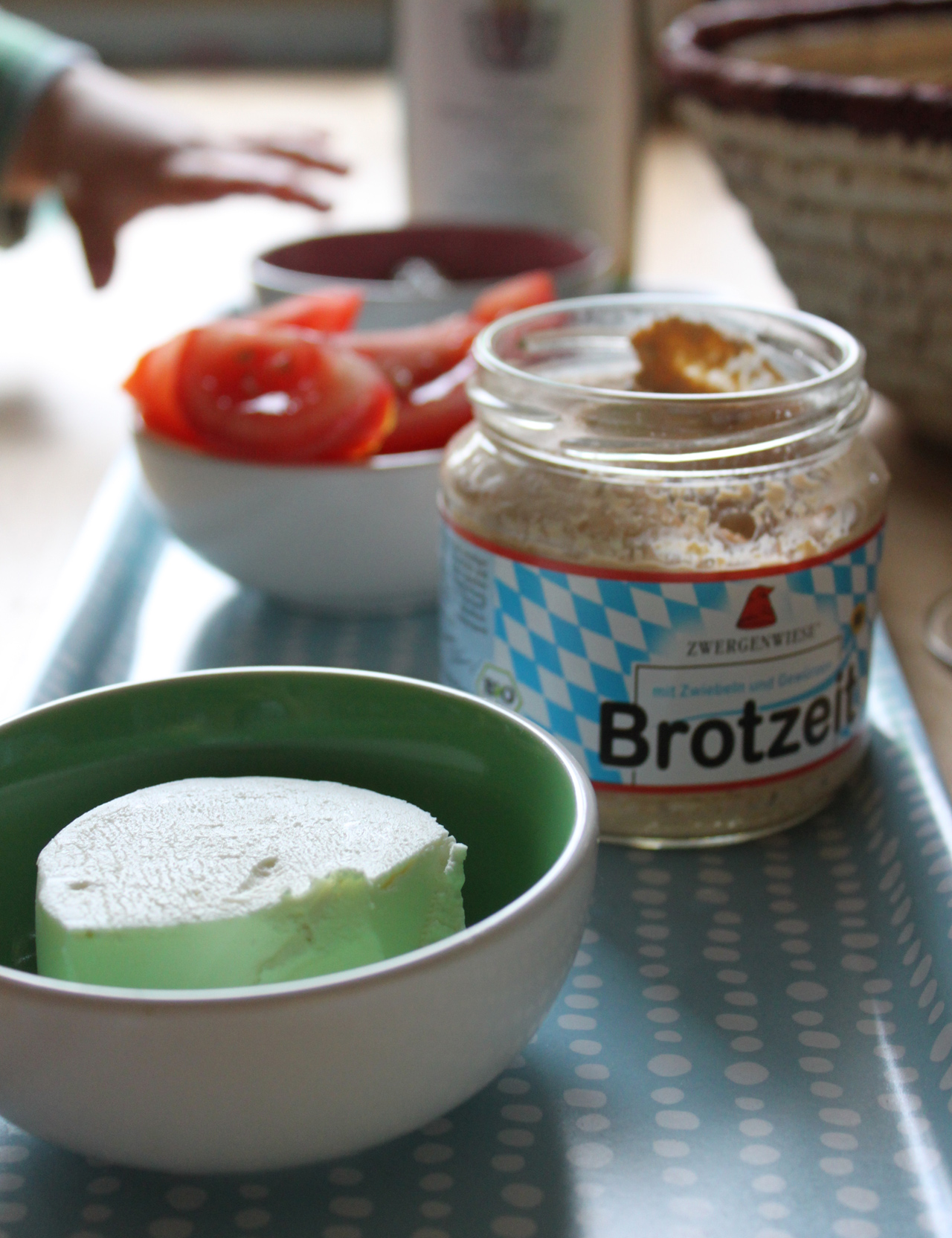Reichsgraf und Marquis zu Hoensbroech, Michelfelder Himmelberg, Grauburgunder trocken, 2009
Despite being as egalitarian and anti-aristocratic in outlook as any wine blog, you will from time to time find the Wine Rambler taking a keen interest in one of Germany's nobleman winemakers.
There are good reasons for that: First of all, while being able to trace your forefathers back through a few centuries of high politics and lordly splendour certainly doesn't make you a better winemaker (or a better man, for that matter), it does often provide us historian Ramblers the kind of background story we enjoy. Secondly, in the spirit of our site's motto, we take cruel pleasure in the phonetic challenge german wine labels confront our readers with, and we believe we have found a little gem here: If Reichsgraf zu Hoensbroech doesn't leave a trail of destruction across anglo-saxon larynxes, we will be disappointed indeed. With our Reichsgraf here specifically, there is a third reason:

Every so often from now on, we aim to go all nerdily hyperregional on you, with wines that you are most unlikely to encounter out of Germany, and regions you will most probably never have heard of. We will do so under the brand new "no other place"-tag. And it starts with the Hoensbroech familiy's chosen abode, the Kraichgau:
The Kraichgau, a sub-region of Baden, is a stretch of land very roughly north of Stuttgart, east of Karlsruhe, west of Heilbronn and south of Heidelberg. Its production isn't vast, but, with 1.200 hectares of vineyards, there has always been a substantial wine growing tradition.
CC 2.5" src="/sites/default/files/images/kraichgau_5.jpg" width="500" height="229" align="center" class="inline inline-center" />
Much of it is still being consumed locally, and bigger commercial wineries are rare. One shouldn't think of high-intensity-monoculture as in the Mosel valley or on the slopes of the Rheingau. Rather, relatively small vineyards are scattered over the wooded hills of a mostly agricultural, pleasantly sleepy, only slightly backwater kind of area. Riesling leads the grape varieties, followed by the Pinot family, the ubiquitous Müller-Thurgau, a few of Germany's regional reds like Lemberger, plus whatever wineries think they can sell.
Right now, we're dealing with a Pinot Gris from the vineyard right next to the Hoensbroech estate, and it comes, of course, with a nice coat of arms.

And a notable and quite unusual wine it turns out to be: It has light, green-tinged straw colour, smells of ripe pears, mild curry (?), a hint of smoked bacon and herbs. On the palate, we found it surprisingly clear and focused, very typical, slightly smoky Pinot Gris-fruit, light (at 12%) but by no means thin, with a velvety finish, no hint of bitterness or imbalance. I'm tempted to go for the most foreseeable of clichés here, noble understatement, because this does indeed bring a surprising elegance and well-tailored stylishness to the table. Ambitiously priced, it should be said, but, for that, quite irresistible drinking. Pinot Gris is not my very favourite variety, but I enjoyed this one more than any before. Take note, fellow southern Germans: Vesperwein deluxe.


Comments
Fantastic name
What a fantastic name: wine, winemaker and even vineyard! I will keep that name in mind, especially as I seem to be more into Pinot Gris than you.
I found it very interesting that only the Kraichgau branch of the family is allowed to used the title add-on 'und Marquis', whereas the Limburg branch is not. I also quite like the idea of having a 'Kraichgau branch' of my family...
Blauer Limberger
We followed up on our exploration into the Reichsgraf's realm with his Blauer Limberger - Good, original, but not quite in the same class. For more, see here.